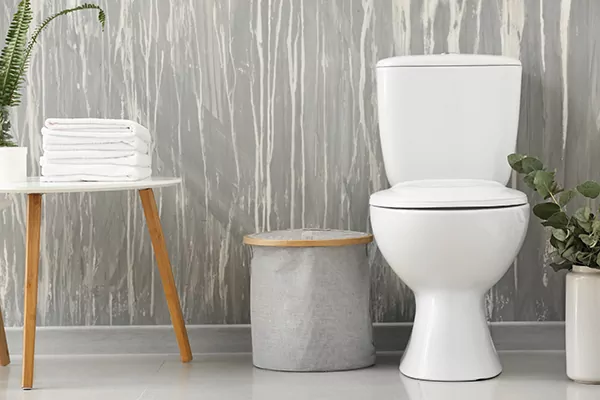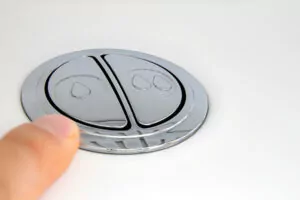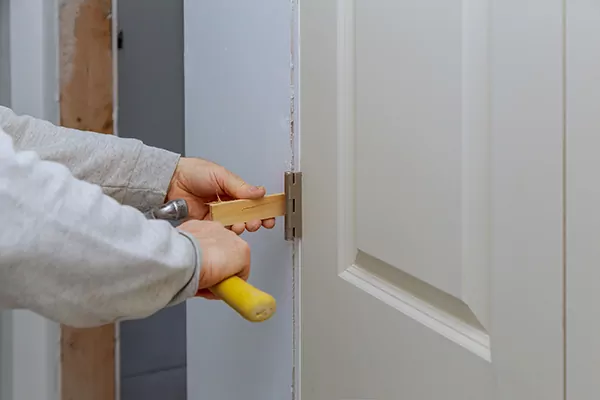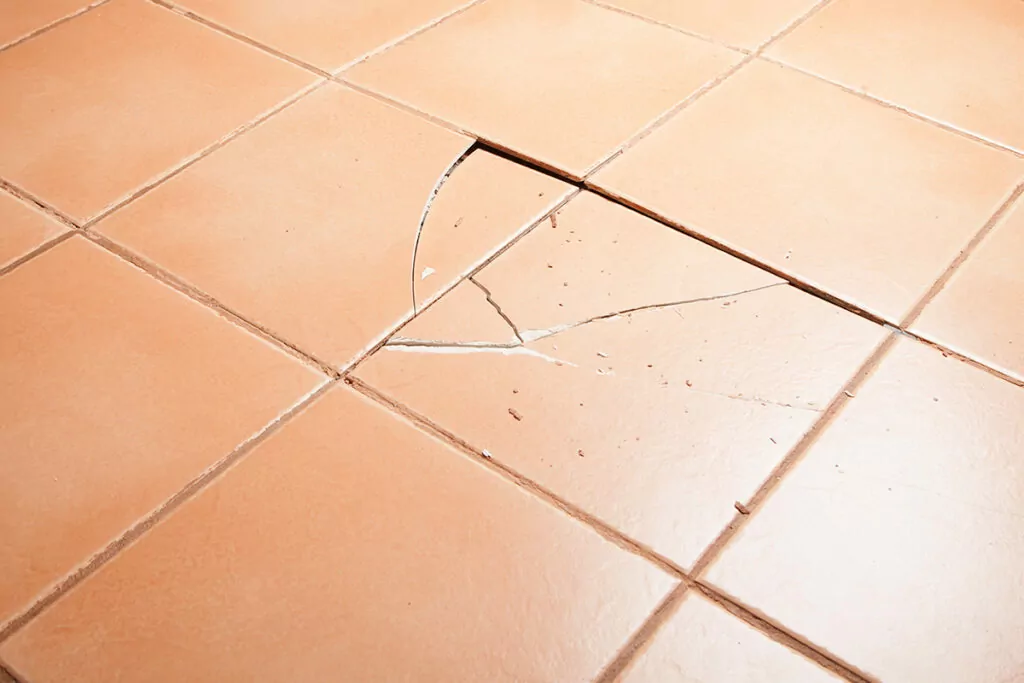Having trouble with your toilet? Then you’ve come to the right place. Here, we list the most common toilet issues, from macerator toilet problems to toilet flushing problems and how to fix a clogged toilet.
How does a toilet work?
Toilets have two main parts, the bowl and the cistern. The toilet cistern is connected to water by an inlet, which fills up the cistern. A ballcock is attached to the water supply and controls the flow of water into the cistern. When the toilet is flushed, the change in water level causes the ballcock to open a valve and refill the cistern with water.
Types of toilets
Traditional flush toilets
Traditional flush toilets operate by either a chain, handle, sensor or button flush. Waste is flushed away into the waste pipe that is attached to the toilet bowl.
Macerator toilets
Macerator toilets are a great solution for bathrooms and en-suites where waste or soil pipes aren’t accessible. They work by grounding up waste when the toilet is flushed, making it possible for the waste to flow through a small, flexible pipe which is then connected to your soil pipe.
Low-flush toilets
Low-flush toilets are a sustainable alternative to the traditional flush toilet and use significantly less water per flush.
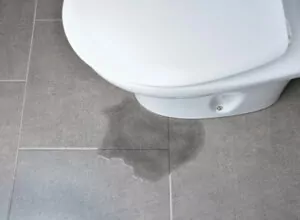
Common toilet problems
- Toilet is Leaking
How to diagnose: Check to see where the leak is coming from.
How to fix a leaky toilet: If the leak is coming from the base of the toilet, try tightening the nuts and bolts and replacing the sealant around the base. If it’s coming from the cistern, check for cracks and replace it if necessary. Hire a Tasker to help diagnose and fix a leaking toilet.
- Toilet is running continuously
How to diagnose: Take the lid off the cistern, flush the toilet and look out for a leak in the ballcock.
How to fix: Try adjusting the arm of the ballcock to stop water from flowing. If this doesn’t work, replace the ballcock.
- Toilet rocks back and forth
How to diagnose: Sit on the toilet to see if it moves.
How to fix: If there is a gap between the base of the toilet and the floor, use plastic shims to stop the rocking. You can also try tightening the nuts and bolts or replacing the sealant around the base.
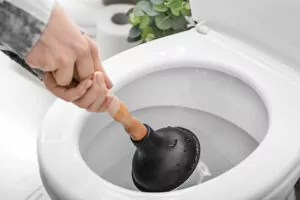
- Toilet is blocked
How to diagnose: Flush the toilet and check whether the water in the bowl stays the same level, fills up further or if any waste comes back into the bowl.
How to fix a clogged toilet: Whether you have a macerator, low-flush or traditional flush toilet, start by using a plunger. If you’re still having problems, call in an experienced Tasker to help.
- Toilet seat has come loose
How to diagnose: Try to move the toilet seat side to side but without too much force. If it moves, it needs to be fixed.
How to fix: Tighten the screws attaching the seat to the toilet bowl. If the toilet seat is cracked or broken, replace it with a new one or hire a Tasker to do it for you.
- Toilet fills too slowly
How to diagnose: Take the lid off the cistern, flush the toilet and watch to see how slowly the cistern fills up.
How to fix: Clear the stopcock of any debris to allow the water to flow into the cistern quicker. Still running slowly? Hire a Tasker to help.
- Loose toilet handle
How to diagnose: Test the handle for any looseness.
How to fix: Clean away any debris or limescale around the handle, then tighten up the screws with a screwdriver.
- Toilet hinge screws are rusty
How to diagnose: Lift up the lid of the toilet and check the screws that attach the lid to the seat.
How to fix: Use a soap, vinegar and water solution with an old toothbrush to scrub the screws. Once clean, dab a small amount of clear nail varnish into the screw head to prevent any future rust.
- Condensation on the toilet cistern
How to diagnose: Check the outside of the cistern for condensation
How to fix: Condensation happens when there is poor insulation in the cistern. Call in a Tasker to insulate your cistern.

